Purchasing a laptop is a significant decision that often involves considering various factors to ensure it meets your needs. Firstly, consider the laptop’s purpose—whether it’s for gaming, professional tasks, or casual use. For gaming, prioritize high-end graphics cards and processors for smooth gameplay, while creative professionals might prioritize a powerful CPU and ample RAM for resource-intensive applications. For general use, a balance of performance, battery life, and portability might be key. Display quality matters too; a high-resolution screen with good color accuracy enhances the viewing experience, especially for design work or entertainment.
Additionally, check the laptop’s build quality, keyboard comfort, and connectivity options. A solid build ensures durability, while a comfortable keyboard is also important, especially if you’re typing for extended periods. Connectivity ports such as USB-C, HDMI, and SD card slots offer versatility. Battery life is another essential factor; longer is useful for travelers.
Best Laptops To Buy in 2024:
- Apple MacBook Air M3 (the best laptop)
- Dell XPS 15 (best windows laptop)
- HP Pavilion Aero 13 (best for students)
- Lenovo Legion Pro 7i Gen 8 (best laptop for gaming)
- 16″ MacBook Pro with M3 Pro / Max (best for work)
- HP Spectre x360 2023 (best 2 in 1)
- Lenovo Yoga Book 9i (best 2 in 1 alternative)
- Acer aspire 5 (best cheap laptop)
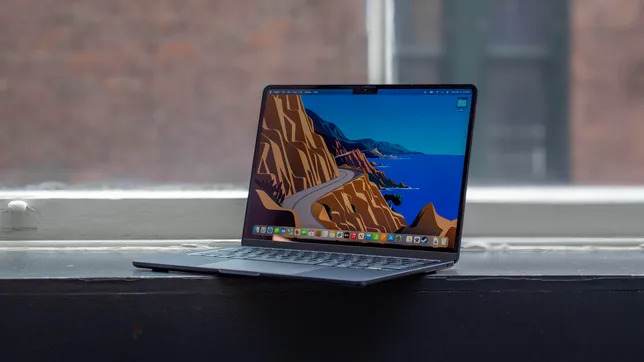
Apple MacBook Air M3
The best overall laptop
MacBook Air M3 is a jack of all trades, with a balance of performance and power efficiency. It also now supports dual displays with the lid closed, and the storage speed has significantly improved. You don’t have to wonder if this laptop will meet your needs; it simply will.
CPU: M3 (8-core) / GPU: M3 (8- or 10-core) / RAM: 8GB, 16GB, 24GB / Storage: 256GB, 512GB, 1TB, 2TB / Display: 13.6-inch or 15.3-inch Liquid Retina display, 2560 x 1664 or 2880 x 1864 , 60Hz, no touch option
The Apple MacBook Air M3 is the best laptop for the majority of people, including Mac users, platform agnostics, and anyone looking for a simple machine that is free of advertisements and bloatware. It’s a versatile productivity laptop that can do it all, and it’s now available in a 15-inch version for those who prefer larger laptops. It’s difficult to find another laptop that provides this level of performance and battery life in a thin and light chassis.
Apple has a record of delivering high-quality MacBooks to market, and the Air M3 is no different. A smooth, almost ethereal trackpad, check. Chiclet-style keyboard that makes typing feel like a dance. And the fast Wi-Fi adapter, color-rich display, 1080p webcam, and MagSafe charging. The Air M3 was not designed for heavy gaming, video editing, or 3D modeling, nor for those who require more than two USB-C ports, but it is an excellent choice for almost everyone else.
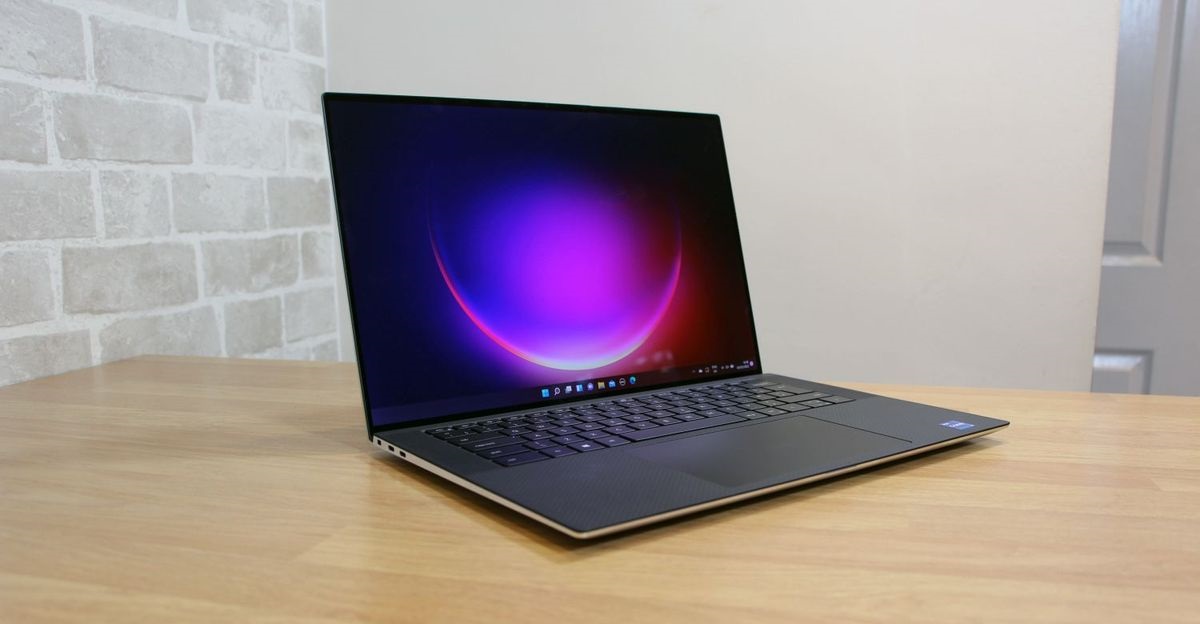
Dell XPS 15
Best windows laptop
You will not find a more attractive Windows laptop than the Dell XPS 15. It is thin, light and even comes with a microSD port. Along with the design this laptop offers cutting-edge hardware from Intel and Nvidia, it offers you the best Windows 11 experience in a laptop.
CPU: Intel Core i7-13700H / GPU: Nvidia GeForce RTX 4070 / RAM: 32GB DDR5 RAM / Storage: 1TB SSD / Display: 15.6” FHD+
The 2023 Dell XPS 15 is exactly what you would expect from the company’s flagship. Its new components provide significantly greater power and longevity, while the machine’s premium build and design remain unchanged. It may not be particularly exciting, but XPS fans and upgraders should be very pleased.
In terms of drawbacks, the GeForce RTX 4070 GPU does not perform as well here as it does in higher-wattage laptops. Nonetheless, the model 9530 has a reasonable starting price, and minor GPU upgrades are inexpensive. And it’s long past time to get at least a 1080p webcam in there. Still XPS remains the top choice when looking for high-end window laptops.

HP Pavilion Aero 13
Best windows laptop for students
HP wrapped a lot of value into the Aero 13: an attractive magnesium-aluminum chassis, powerful processing performance, a long battery life, a bright, colorful display, and a weight of only 2 pounds (0.94 kilogram). Amazingly, for all that it offers, it costs around $800.
CPU: AMD Ryzen 5 5625U / GPU: AMD Radeon graphics / RAM: 8 GB RAM / Storage: 512 GB SSD / Display: 13.3-inch, 1920 x 1200 IPS LCD / Weight: 2.2 pounds
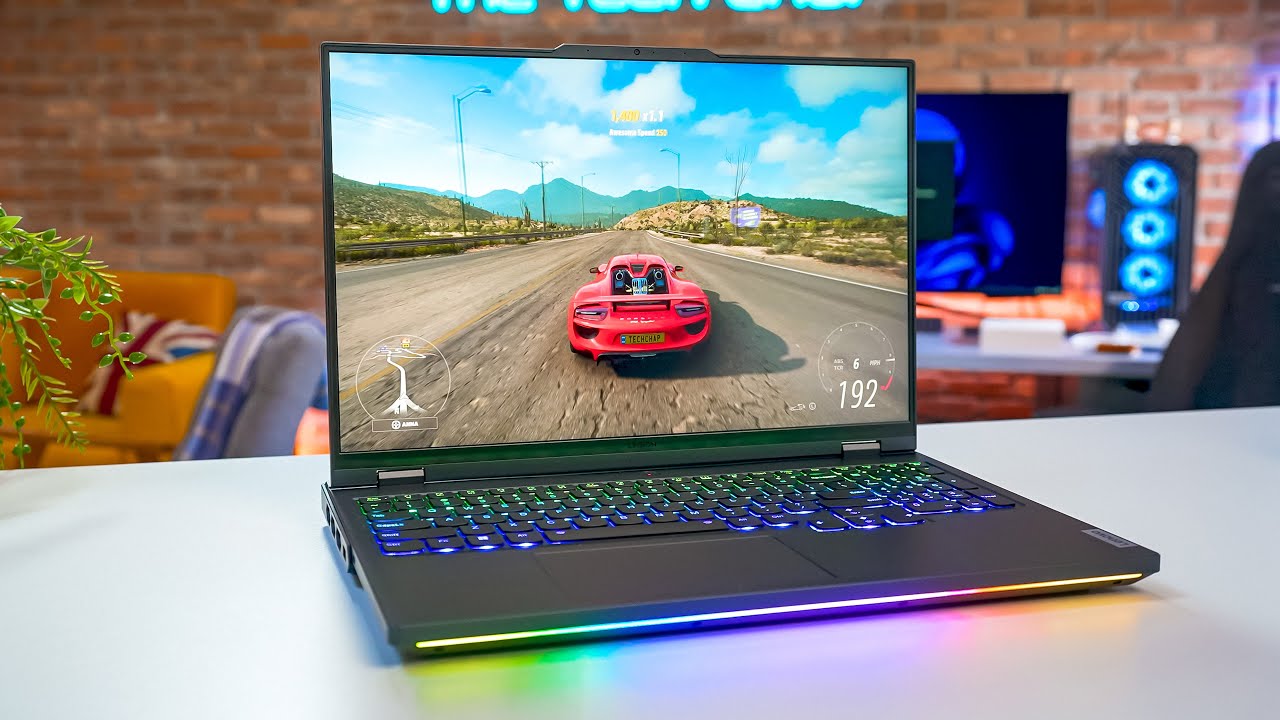
Lenovo Legion Pro 7i Gen 8
Best gaming laptop
In terms of pricing and performance, this laptop offers the best of all worlds. At this price point, value isn’t the main factor to take into account, but it doesn’t hurt that the Legion Pro 7i Gen 8 offers better functionality at a lower cost than competitors. Although the build isn’t as striking as other competitors. However, many users find the simple look more appealing.
CPU: Intel Core i9-13900HX 24-Core / GPU: Nvidia GeForce RTX 4080 / RAM: 32GB RAM / Storage: 1TB M.2 NVMe Gen 4 SSD / Display: 16-inch, 2560 x 1600, 240 Hz

MacBook Pro M3 Pro / Max
Best for creators
The MacBook Pro remains Apple’s largest laptop for creatives and power users. The latest model has a spec bump to the M3 Pro and M3 Max chips, a claimed battery life of up to 22 hours, and up to 128GB of RAM.
CPU: M3 Pro, M3 Max / GPU: M3 Pro, M3 Max / RAM: 18GB – 36GB (M3 Pro), 36GB – 128 GB (M3 Max) / Storage: 512GB, 1TB, 2TB, 4TB, 8TB / Display: 14.2 / 16.2-inch Liquid Retina XDR, 3024 x 1964 / 3456 x 2234, adaptive refresh up to 120Hz, no touch option
If you require more processing power for intensive creative tasks such as 3D rendering and working with ultra-high-resolution photos and video, the MacBook Pro is your best option. Both the 14- and 16-inch models come equipped with powerful M3 Pro or M3 Max processors.
Most people who require more power than a MacBook Air, including professional photographers, will be satisfied with an M3 Pro model, which kicks off at $1,999 for the 14-inch and includes an 11-core CPU, 14-core GPU, 18GB of memory, and a 512GB SSD. The 16-inch model starts at $2,499 with a 12-core CPU, 18-core GPU, 18GB of memory, and a 512GB SSD. The Pro chip supports up to 36GB of memory and a 4TB SSD at Apple’s usual absurd markups, as well as up to two external displays.
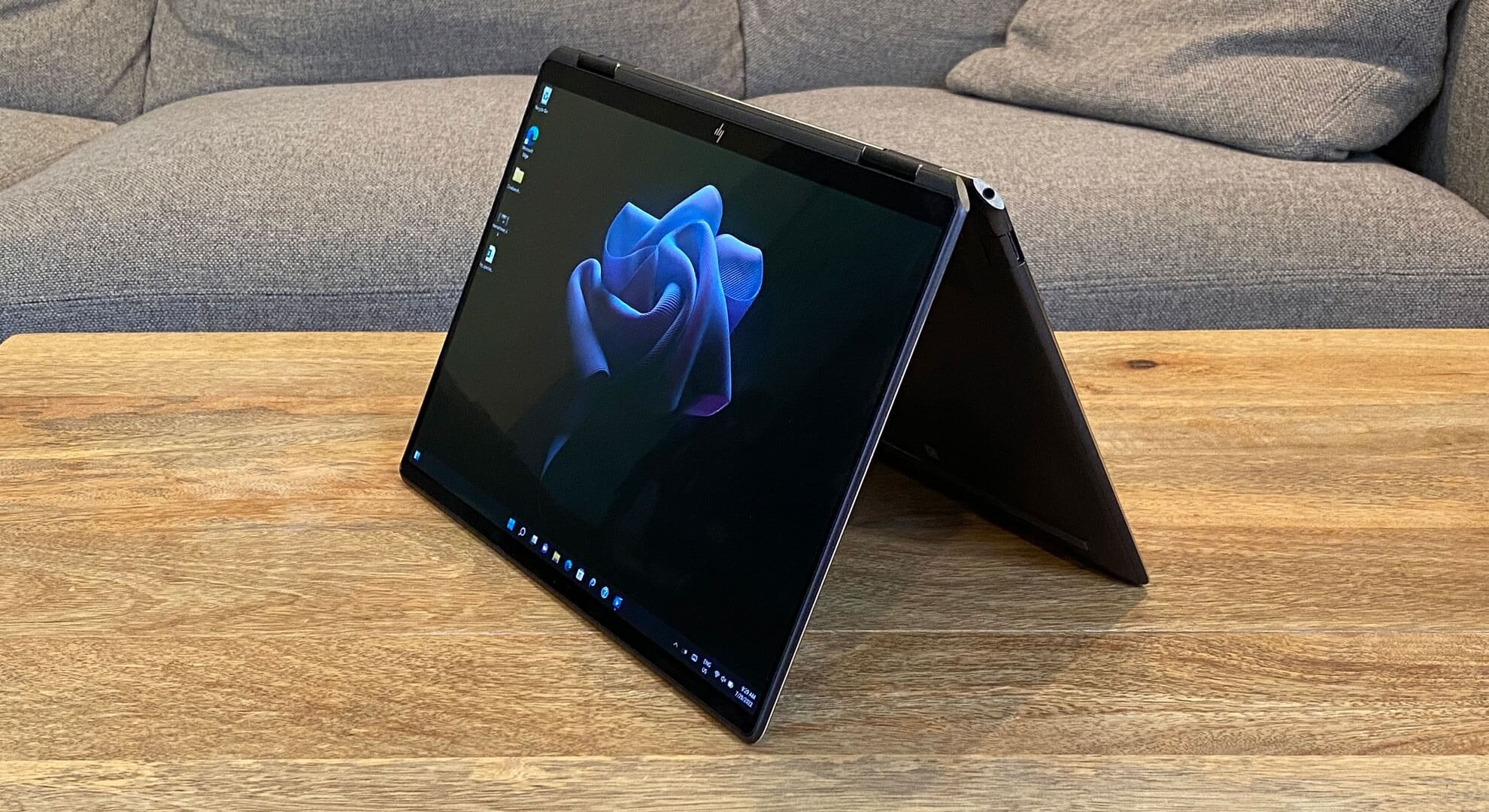
HP Spectre x360 2023
Best 2 in 1 laptop
The HP Spectre x360 13.5 is the top 2-in-1 laptop, especially with the optional OLED screen. It is an absolutely stunning machine with a solid build and a high-end appearance and feel. It can be equipped with a 3:2 OLED screen that is vivid, crisp, and bright, with an adaptive refresh rate of up to 120Hz.
CPU: Intel i7-1355U 10 Cores / GPU: Intel Iris Xe / RAM: 16GB, 32GB / Storage: 512GB, 1TB, 2TB / Display: 13.5-inch IPS, 60Hz, 1920 x 1280 / OLED, 3000 x 2000, touch option
The HP Spectre x360 13.5 is the top 2-in-1 laptop, especially with the optional OLED screen. It supports up to a 13th-generation Core i7 processor, 32GB of RAM, and 2TB of storage.
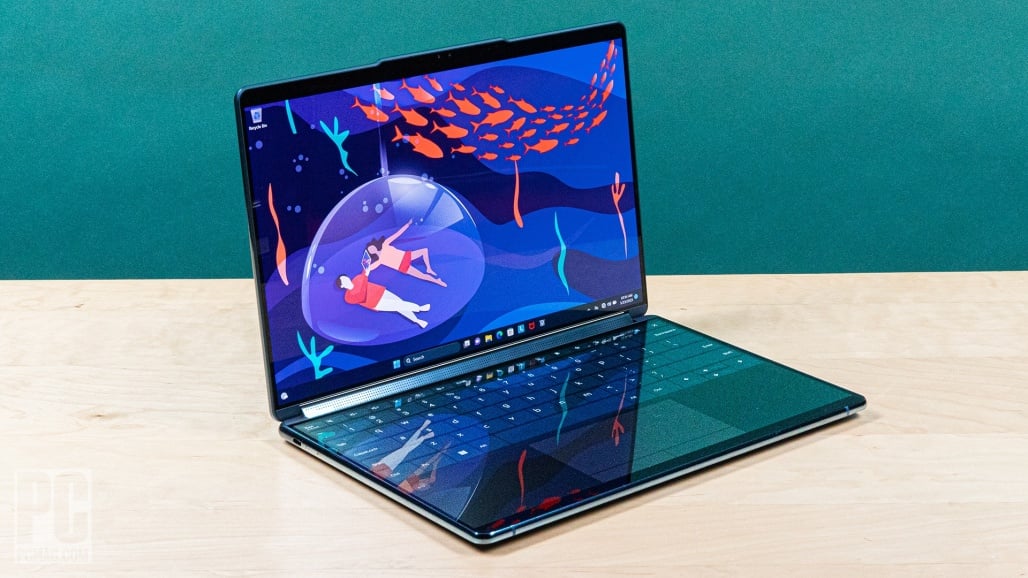
Lenovo Yoga Book 9i
best 2 in 1 alternative
Yoga Book 9i is a good alternative to foldable screen laptops because it includes two 13-inch displays that can be used in a variety of modes. There are some clever software gestures and multitasking features here as well. However, the starting price is extremely high.
CPU: Intel 12-Core i7-1360P / GPU: Intel Iris Xe Graphics eligible / RAM: 16GB RAM / Storage: 1TB SSD / Display: 14″ 2.8K OLED Touch (Glossy, 100% DCI-P3, 90Hz, HDR 500)
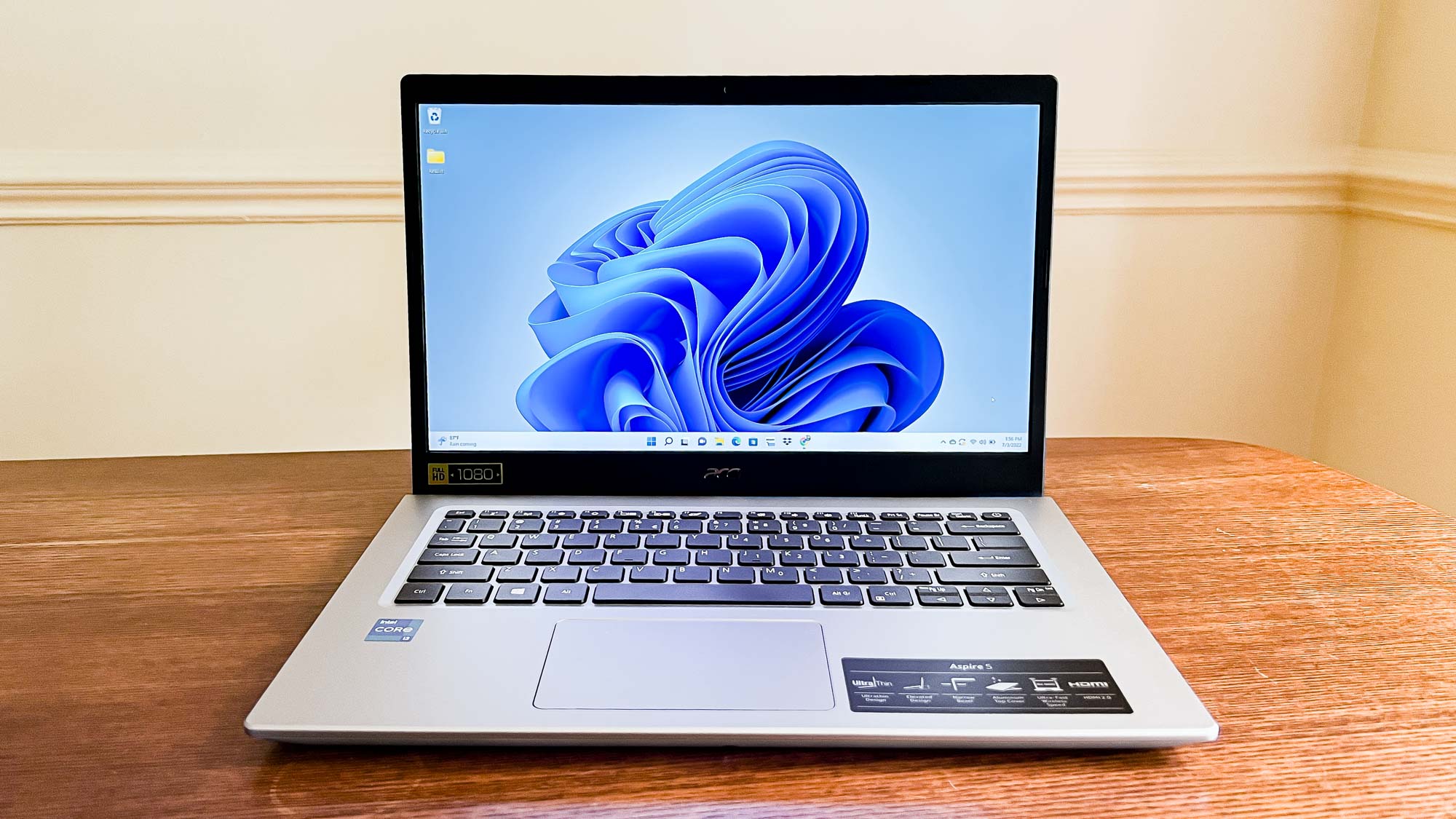
Acer aspire 5
best cheap laptop
The Acer Aspire 5 continues to be one of the best Windows laptop deals available. Available in 14-, 15.6-, and 17.3-inch sizes, I prefer the 15.6-inch size because it is compact and lightweight while still providing full functionality.
CPU: Intel Core i7-1260P / GPU: Intel Iris Xe Graphics / RAM: 8GB DDR4 / Storage: 512GB NVMe SSD / Display: 15-inch, 1,920×1,080, IPS display
Factors to consider before buying a laptop
There are many laptops on the market at any given time, and almost all of them are available in a variety of configurations to meet your performance and budget requirements. It’s understandable if you’re feeling overwhelmed by the number of laptop options available. To make things easier for you, here are the main factors to consider when you start looking.
Price
Most people start their search for a new laptop with the price. If the statistics that chipmaker Intel and PC manufacturers throw at us are correct, you’ll be holding onto your next laptop for at least three years. If you can afford to stretch your budget slightly to get better specs, do so. And that applies whether you spend $500 or more than $1,000. Previously, you could save money upfront by upgrading memory and storage later. However, laptop manufacturers are increasingly moving away from making components easily upgradeable, so it’s best to buy the most powerful laptop you can afford right away.
The more you pay, the better the laptop. That could include better components for faster performance, a nicer display, a good build quality, a smaller or lighter design made of higher-quality materials, or even a comfortable keyboard. All of these factors contribute to the cost of a laptop. I would like to say that $500 will get you a powerful gaming laptop, but that is not the case. Right now, the sweet spot for a reliable laptop capable of handling average work, home office, or school tasks is between $700 and $800, with a reasonable model for creative work or gaming costing around $1,000. The key is to look for discounts on models across all price ranges so you can get more laptop for your money.
Operating system
Choosing an operating system requires consideration of both personal preferences and budget. For the most part, Microsoft Windows and Apple’s MacOS do the same things (with the exception of gaming, which Windows wins), but they do them differently. Unless there is an OS-specific application that you require, use the one you are most comfortable with. If you’re not sure which one, go to an Apple Store or a local electronics store and try it out. Alternatively, ask friends or family to let you test theirs for a bit. If you enjoy your iPhone or iPad, you’re likely to enjoy MacOS as well.
However, when it comes to price and variety (along with PC gaming), Windows laptops come out on top. If you want MacOS, you’ll get a MacBook. While Apple’s MacBooks consistently rank at the top of our best lists, the M1 MacBook Air, priced at $999, is the most affordable. It is frequently discounted to $750 or $800, but if you want a cheaper MacBook, you must consider older refurbished models.
Windows laptops are available for as little as a few hundred dollars and come in a variety of sizes and designs. Granted, it would be difficult to find a $200 laptop that we would wholeheartedly recommend, but if you need a laptop for online shopping, email, and word processing, they do exist.
If you’re on a tight budget, consider a Chromebook. ChromeOS is not the same as Windows; make sure the applications you need have a Chrome, Android, or Linux app before making the switch. However, if you spend the majority of your time browsing the internet, writing, streaming video, or using cloud-gaming services, they’re an excellent fit.
Size
Remember to think about whether having a lighter, thinner laptop or a touchscreen laptop with a long battery life will be important to you in the future. Size is primarily determined by the screen, which in turn influences battery size, laptop thickness, weight, and price. Also, keep in mind that an ultrathin laptop is not always lighter than a thick one, and that a small or ultrathin model will not have a wide range of connections, among other things.
Screen
When choosing a screen, there are numerous factors to consider, including how much you need to display (which is surprisingly more about resolution than screen size), the types of content you’ll be viewing, and whether you’ll be using it for gaming or creative work.
You want to maximize pixel density, which is the number of pixels per inch that the screen can display. Though other factors influence sharpness, a higher pixel density typically results in sharper rendering of text and interface elements. (If you don’t want to do the math, you can easily calculate the pixel density of any screen using DPI Calculator, and you can also find out what math is required there.) As a general guideline, we recommend a dot pitch of at least 100 pixels per inch.
Processor
The processor is the brain of a laptop. Intel and AMD are the main processor makers for Windows laptops. Both provide a staggering selection of mobile processors. Making matters more difficult, both manufacturers offer chips designed for various laptop styles, such as power-saving chips for ultraportables or faster processors for gaming laptops. Their naming conventions will indicate which type is used. You can find explanations on Intel’s or AMD’s websites to ensure you get the desired performance. In general, the higher the processor speed and the number of cores, the better the performance.
Apple develops its own chips for MacBooks, making things slightly easier. However, as with Intel and AMD, you should pay attention to the naming conventions to determine the type of performance to expect. Macs are powered by Apple’s M-series chipsets. The MacBook Air’s entry-level model is powered by an M1 processor with eight cores and a seven-core GPU. The current models feature M2-series silicon, which ranges from an eight-core CPU and 10-core GPU to the M2 Max, which has a 12-core CPU and a 38-core GPU. Again, the higher the number of cores, the better the performance.
Graphics
The graphics processor (GPU) handles all of the work of driving the screen and generating what is displayed, as well as speeding up many graphics-related (and increasingly AI-related) functions. GPUs for Windows laptops are classified into two types: integrated (iGPU) and discrete (dGPU). As the names suggest, an iGPU is integrated into the CPU package, whereas a dGPU is a separate chip with dedicated memory (VRAM) with which it communicates directly, making it faster than sharing memory with the CPU.
Because the iGPU shares space, memory, and power with the CPU, it is limited by those resources. It enables smaller, lighter laptops, but does not perform as well as a dGPU. In fact, some games and creative software won’t run unless they detect a dGPU or enough VRAM. However, most productivity software, video streaming, web browsing, and other non-specialized applications will function properly on an iGPU.
For more power-hungry graphics needs, such as video editing, gaming and streaming, design, and so on, you’ll need a dGPU; there are only two real companies that make them, Nvidia and AMD, with Intel offering some based on Xe-branded (or older UHD Graphics branding) iGPU technology in its CPUs.
